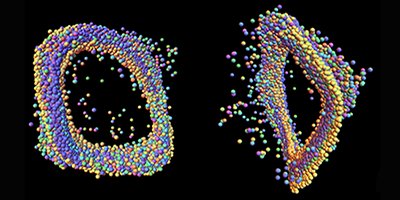
- In studying the Kepler data, the team was able to track the pulses that emanated from the star over a period of four years—taken at 30 minute intervals. They found that two of star KIC 5520878’s pulsating frequencies occurred at 4.05 and a 6.41 hour cycles—which the team noted had a ratio of 1.58, which is close to 1.618, aka the Golden Ratio—famously found in nature and sometimes artistic renderings.
- Intrigued, they looked deeper and found that the frequencies conformed to fractal patterns—separating the oscillations into their constituent parts revealed additional weaker frequencies, similar to the way, the team points out, that images of shorelines display craggy lines regardless of how close or far away they are viewed from.
- What is still unclear at this point is whether the behavior of the stars that do show fractal structure is something that happens for a reason, which could perhaps offer new clues about stellar physics, or if the ratios found by the team are merely coincidence.